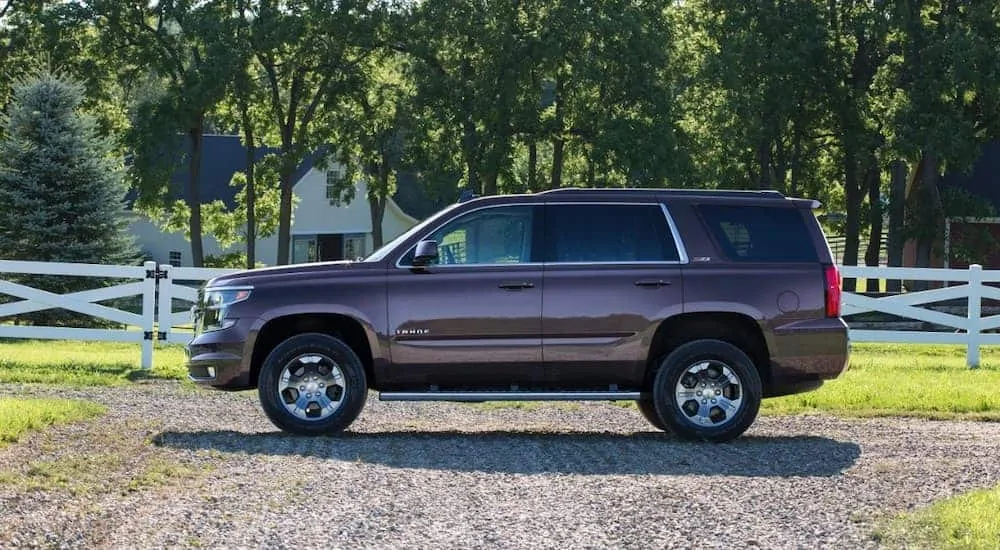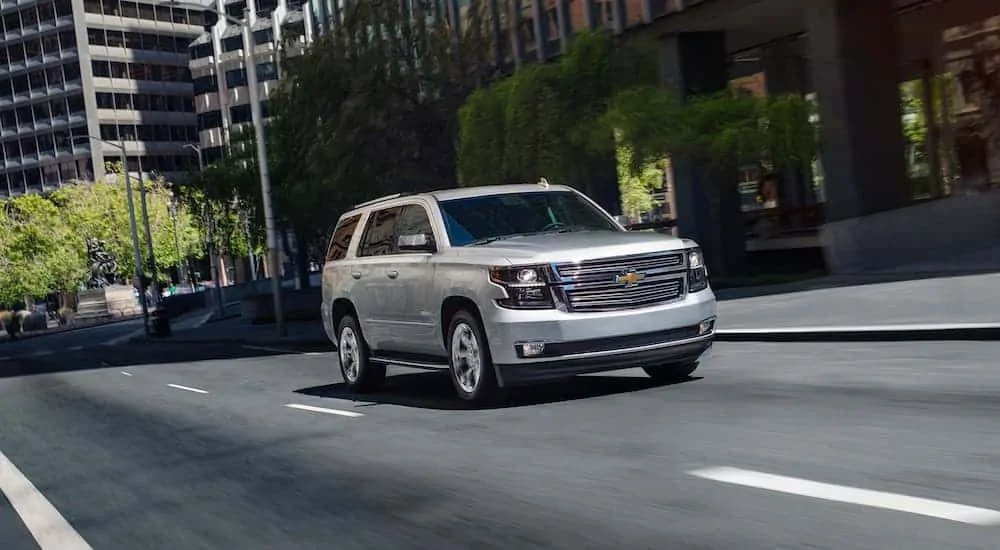In theory, purchasing a new vehicle sounds like a better alternative to pre-owned vehicles, but this isn’t the case in practice. When you’re shopping for your next car, there are many reasons why you should focus your attention on the used vehicles for sale. One of the most advantageous aspects of purchasing a used vehicle is the amount of money you save in the process. For example, purchasing a vehicle from 2016 means that you’ll be paying a mere fraction of the cost associated with a current year model.
Surely it may seem that the latest vehicles are bound to be more powerful and better in every way, but the truth isn’t so cut and dry. Oftentimes, you’re likely to find pre-owned vehicles with identical and sometimes even better performance than their newer counterparts. In addition to this, you can also opt for a pre-owned higher-tier trim than the current new base model and likely still save money. This ultimately comes down to something known as vehicle depreciation.
What is Vehicle Depreciation?
Vehicle Depreciation is the process of losing value and is inevitable when purchasing a new vehicle. Depreciation is apparent in many different industries, but due to the higher prices associated with vehicles, it’s important to be aware of it. The process begins instantaneously once a new vehicle is driven off the dealership lot.
According to CARFAX, a vehicle can lose over 10% of its initial value after leaving the dealership lot and a 20% decrease in value within the first year of ownership. This is then followed by another 10% decrease in value each year after that. CarFax also explains that new vehicles can lose upwards of 60% of its value five years after the first purchase date.
With these numbers in mind, we can look at an example of how drastic depreciation can be. Let’s say you purchase a brand new vehicle for $50,000. Upon exiting the dealership lot, the vehicle will lose upwards of $5,000. After the first year of ownership, the vehicle will lose $10,000 of its value, and after five years, the vehicle will have lost an astonishing $30,000 of value.
A Real-World Comparison

The prospect of achieving similar specs to a brand new vehicle while saving more money is undoubtedly more common than many anticipate. This is exactly what we saw when looking at the 2016 Chevy Tahoe. When comparing the 2016 Chevy Tahoe to its 2020 counterpart, it becomes apparent just how gracefully the 2016 Tahoe has aged. Both Tahoe vehicles were produced within the same generation, and this DNA has a heavy influence on the vehicle’s specs.
For example, look at the powertrains that drive these vehicles. To the surprise of many, your used 2016 Tahoe will come standard with the same engine seen on the base 2020 Tahoe. The engine that comes standard in both vehicles is a 5.3L V8 paired with a six-speed automatic transmission. With this engine equipped, the 2016 and 2020 Tahoe both achieve an identical 355 hp and 383 lb-ft of torque.
Both the 2016 and 2020 Tahoe come standard with a maximum eight-passenger capacity. However, you may find the 2016 Tahoe with a seven-seat configuration by replacing the bench with captain chairs. The interior has had some slight alterations since then as the 2020 Tahoe can be configured in either five, eight, or nine-seat capacities. Most drivers looking to purchase a Tahoe are likely interested in the ability to seat up to seven or eight passengers anyways, so it can’t be seen as a demerit on the 2016 Tahoe. Both vehicles will provide you and your passengers with a comfortable on-road experience.
The similarities between the two vehicles are seen in even greater detail once we take a look into the connectivity features for each of these Tahoes. An integral part of connectivity features found in many automobiles today is known as the infotainment center. Infotainment centers serve as a virtual gateway between you and the media you consume while driving. Both the 2016 and 2020 Tahoes sport identical infotainment centers that each come standard with an 8-inch screen.
Both Tahoes come with Bluetooth integration, which allows you to connect your smartphone directly to the infotainment center wirelessly. For those who prefer, both the 2016 and 2020 Tahoes come standard with five USB ports for syncing and charging purposes. The 2020 Tahoe does allow drivers to opt for an additional duo of USB ports, but many should find five ports to be plenty. In addition to tri-zone automatic climate controls in each vehicle, a 4G LTE Wi-Fi hotspot also comes standard. With this hotspot, your passengers can seamlessly connect their smartphones and or other internet devices to a reliable and strong network connection, allowing them to stream their favorite web content.
The 2016 Tahoe initially launched with only Apple CarPlay while the 2020 model got both CarPlay and Android Auto. However, Android Auto became available for the 2016 Tahoe shortly after it was released and may be implemented via a software patch. CarPlay and Auto have garnered immense amounts of popularity since their initial implementations a bit over five years ago. Since Apple and Google have had time to cement CarPlay and Auto into infotainment centers over the past several years, this means they’re becoming more prominent throughout the used market. You no longer have to purchase the latest and greatest vehicles to get inclusions such as CarPlay and Auto.
In case you’re wondering why these software suites have gained so much momentum, it’s for many reasons, namely support for existing iPhones and Android devices. There’s no extra setup involved for those who already own one of these devices, and the whole experience is streamlined. Once you’ve connected your phone to your vehicle’s infotainment center, the sky becomes the limit, and a majority of your smartphone’s features become instantly accessible via hands-free voice commands. Because the infotainment centers inside the 2016 and 2020 Tahoe are so similar, there’s no reason to purchase a brand new vehicle solely for these features.
Finding The Best Used Deals
As we’ve concluded, used vehicles have a prominent place in the industry. However, purchasing a used vehicle can potentially be a risky investment. The way to avoid any unwanted headache with your vehicle is to do your research properly and find a reputable dealership to work with. Many dealerships offer an extensive collection of used vehicles alongside their new selection, which grants the customer a chance to search within their budgets. By speaking with one of the dealership’s sales representatives, you’ll have the opportunity to explain not only what you need in a vehicle but also what you want.
Visiting your local Chevy dealer is the perfect way to start shopping for used vehicles such as the 2016 Tahoe. You may even get the opportunity to take one for a test drive to help you make your ultimate decision. As the industry continues to advance and more technological innovations are made, even the newest features eventually make their way into pre-owned vehicles.





